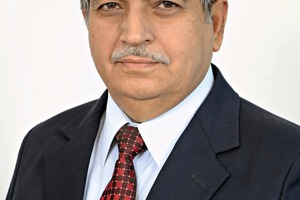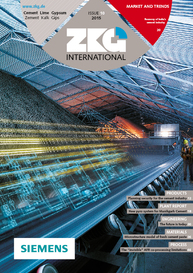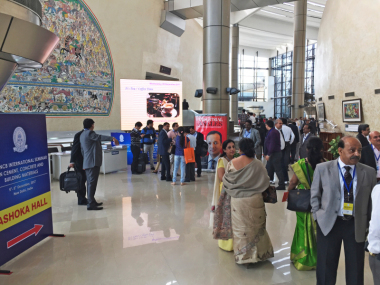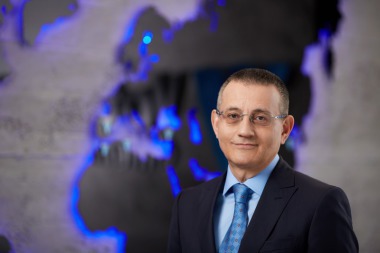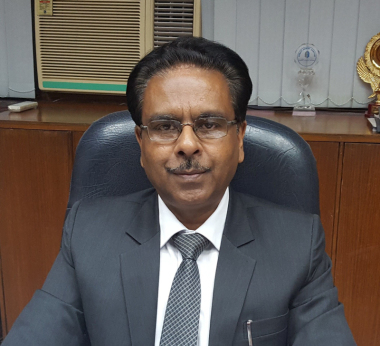14th NCB International Seminar on Cement and Building Materials
The profile of the 100 year old Indian cement industry, the second largest producer of cement in the world, with a global share of about 7 %, is quite impressive. More than 98 % of capacity is of modern dry-process technology, comprising about 188 cement plants. Installed capacity and production in the year 2015 was about 386 and 270 million t/a respectively. Cement plant capacities for dry process rotary kilns in the Indian cement industry range from as low as 600 t/d to as high as 12 000 t/d. The Indian cement industry has progressively adopted and assimilated the latest state-of-the-art technologies available in the world over the years. The Indian cement industry has modernized its older plants continuously through retrofitting of new state-of-the-art productivity improvement and energy efficient technologies.
The best operating cement plants in India have consistently reported specific energy consumption (SEC) of 675 kcal/kg clinker and 75 kWh/t cement. Recently, these values are reported to have further come down during sustained best operating periods to 670 kcal/kg clinker and 67 kWh/t cement. These are comparable to the world-best reported figures. Industry average SEC is around 726 kcal/kg clinker and 78 kWh/t cement. Further reduction in SEC values will be possible through any major technology intervention and/or product substitute to reduce overall clinker-cement ratio. Towards sustainable development, the CO2 emission levels were brought down from 1.12 t of CO2/t of cement in 1996 to 0.719 t of CO2/t of cement with the manufacture of blended cements, improving energy efficiency through retrofits and adoption of energy efficient equipment, co-generation of power through a waste heat recovery system, use of non-conventional fuels including waste derived fuels, utilization of renewable energy etc. The initiatives adopted by the Indian cement industry towards utilization of secondary materials are evident from the fact that production of blended cements was as high as 72 % (Portland pozzolana cement (PPC) at about 65 % and Portland slag cement (PSC) at about 7 %). The Indian cement industry utilizes more than 50 million t of fly ash for the manufacture of blended cements. Furthermore, about 200 MW of power is being co-generated through waste heat recovery. In the past two decades the dust emissions have been reduced significantly by adopting environmentally sound technologies to control the dust emissions.
National Council for Cement and Building Materials (NCB), the apex body in India for research, technology development and transfer, education and industrial services for cement, allied building materials and construction industries, is organizing the 14th NCB International Seminar on Cement and Building Materials from 01.12.-04.12.2015 at New Delhi/India. The NCB International Seminars have emerged as singular biennial events in this part of the globe, which the cement and construction industries the world over look forward to for participation. While reviewing the developments which have taken place during the intervening period since the last event in the series in 2013, specially in the areas of alternative fuels and raw materials, global warming, CDM, ready mix concrete, nano-technology, etc., the 14th NCB International Seminar through the Technical Exhibition to be held as a part of the event will give additional exposure to the latest in available technologies and services for efficient operation of cement plants, as well as for concrete and construction activities. The earlier event of the series, the 13th NCB International Seminar on Cement and Building Materials, 2013 was attended by about 900 delegates, 115 papers were presented in 20 technical sessions and 80 companies participated in technical exhibition. The event will serve as an excellent meeting point for the collective benefit of technologists, engineers, scientists, research organizations, plant and machinery suppliers and the clients.

